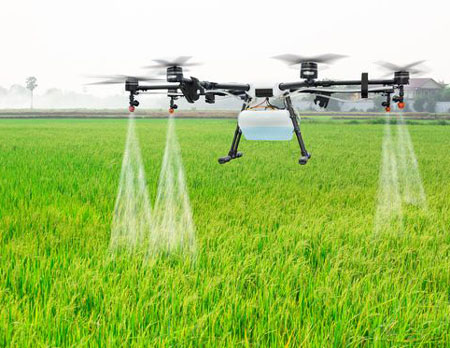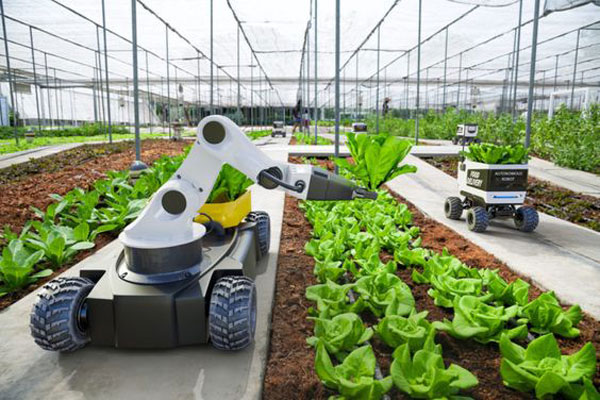Lime
Anthracnose
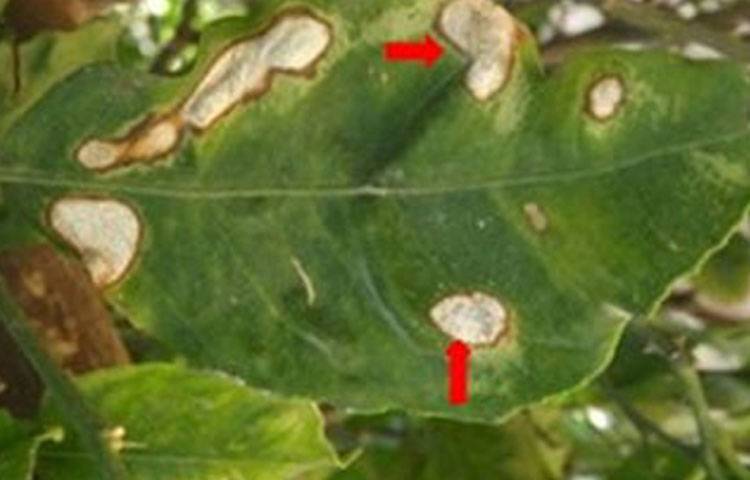
Colletotrichum gloeosporioides
Fungal Disease
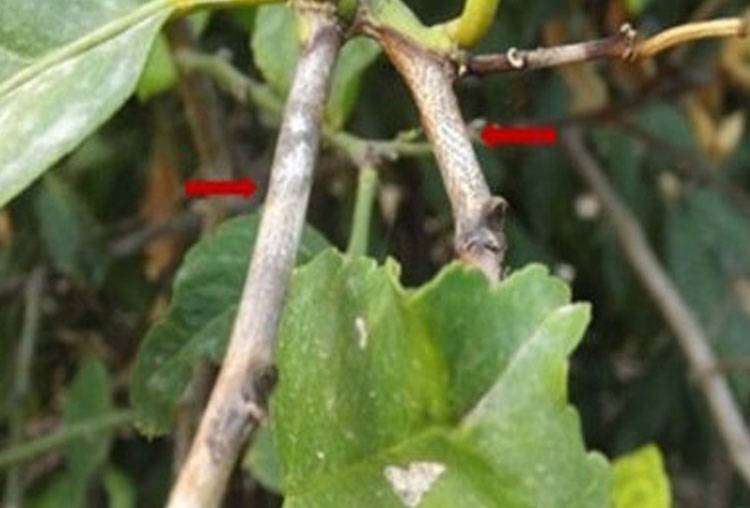
Colletotrichum gloeosporioides
Fungal Disease
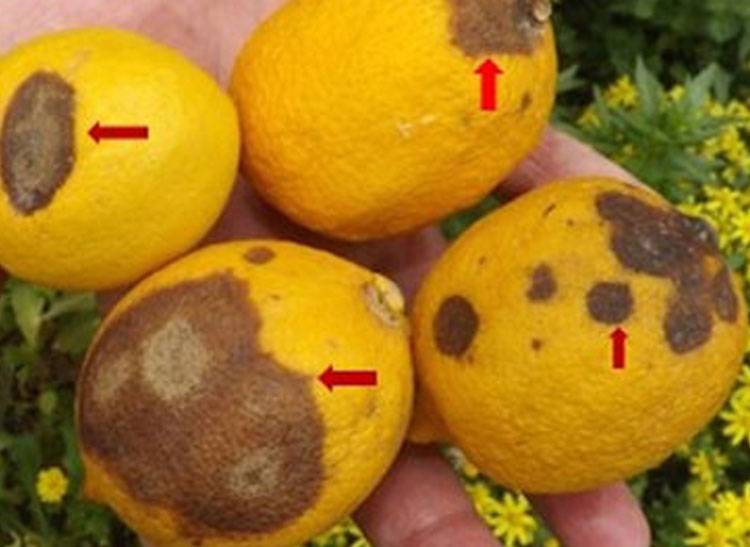
Colletotrichum gloeosporioides
Fungal Disease
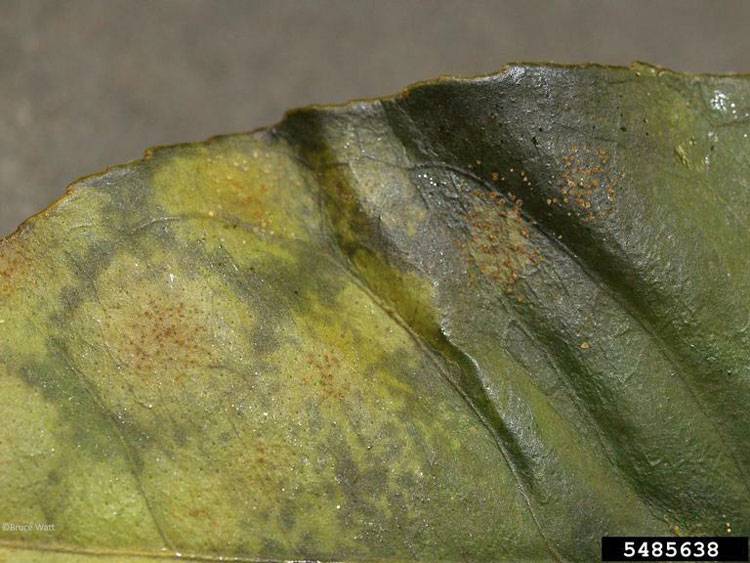
Colletotrichum gloeosporioides
Fungal Disease

Colletotrichum gloeosporioides
Fungal Disease
Anthracnose Disease in Citrus: A Closer Look at Colletotrichum gloeosporioides
Anthracnose, caused by the fungal pathogen Colletotrichum gloeosporioides, is a serious disease that affects a wide range of citrus fruits, particularly lemons and grapefruits. This pathogen is responsible for causing leaf blight, leaf spots, stem-end rot, fruit lesions, and even premature fruit drop, significantly reducing fruit quality and yield. Understanding the symptoms, environmental conditions that favor the disease, and the characteristics of the pathogen is essential for effective management in citrus orchards.
Symptoms and Effects
-
Leaves:
-
Yellow to brown spots form on lemon leaves.
-
Spots enlarge, are rounded, and bordered with dark brown edges.
-
Centers turn light yellow, often showing concentric rings and small dark fungal dots (spore masses).
-
-
Fruits:
-
Initial signs on grapefruits are small, light yellow, circular spots on the rind.
-
Spots expand, darken to yellow, become slightly sunken, and may merge into large, irregular patches.
-
-
Other Citrus:
-
While lemons and grapefruits are highly susceptible, oranges and tangerines show comparatively lower infection rates.
-
-
Twigs and Shoots:
-
Dieback symptoms are observed in infected trees, affecting overall plant vigor and fruit production.
-
Pathogen Characteristics
-
Colletotrichum gloeosporioides is a hemibiotrophic fungus—capable of living both externally and internally in host tissues.
-
It produces asexual spores (conidia) that spread mainly through rain splash and wind.
-
Known for causing bitter rot and anthracnose in several tropical and subtropical crops.
Environmental Conditions for Growth
-
Optimal Temperature:
-
Thrives between 25°C and 30°C.
-
28°C is considered ideal for rapid growth.
-
No growth is seen at 35°C or higher; growth slows significantly below 20°C.
-
-
Humidity Requirements:
-
Requires high humidity (above 95%) or presence of free water for spore germination and infection.
-
Humid, rainy conditions are highly favorable for epidemic outbreaks.
-
Disease Development and Spread
-
Anthracnose outbreaks are common during warm, rainy, and humid seasons.
-
Disease severity peaks when temperatures range from 20°C to 30°C and moisture levels are consistently high.
-
The fungus poses a significant threat in tropical, subtropical, and temperate citrus-growing zones.
This pathogen's resilience and adaptability make it a critical concern for lemon growers, especially in India's warm and humid citrus belts. Effective orchard sanitation, timely fungicide applications, and climatic monitoring are key strategies for managing anthracnose caused by Colletotrichum gloeosporioides.
Source: Plantvillage,CABI,Wiley


